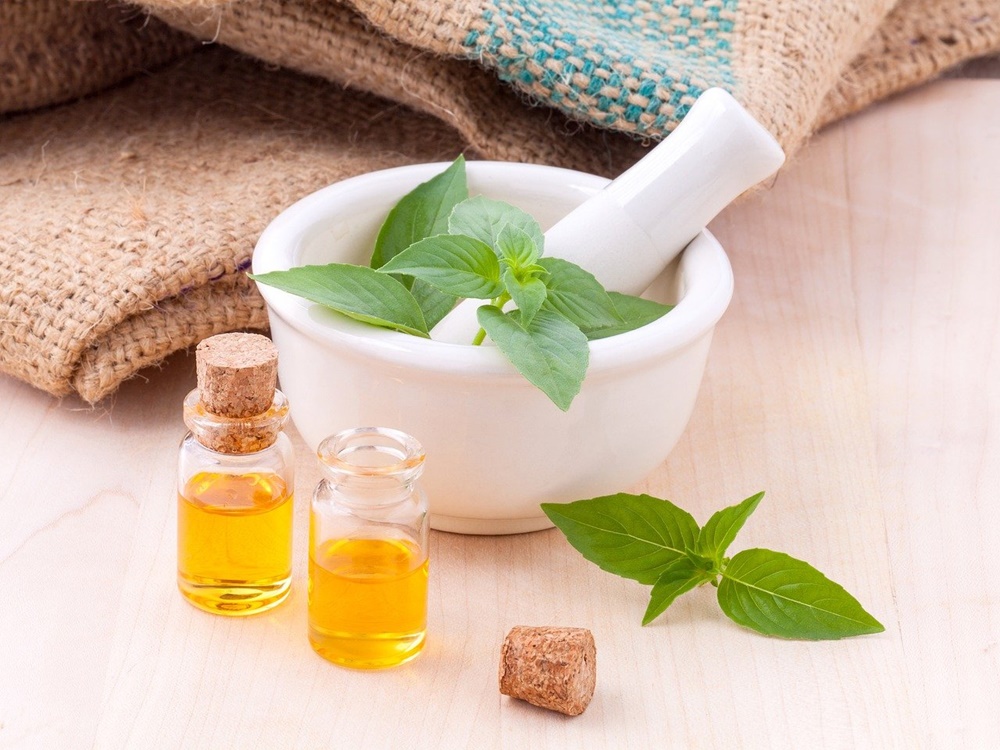In recent years, the recommendation and use of herbal medicines to combat various diseases have continued to grow in the country. However, from 2019 onwards, taking into account the pandemic scenario, there was a significant increase in the consumption of these medications.
According to the statistical report on the country’s pharmaceutical market made available this year by SCMED (Executive Secretary of the Drug Market Regulation Chamber), between March and December 2019 alone, there was a turnover of more than R$330 million in the herbal medicine industry.
Analyzing the increase in consumption, in 2020 the Brazilian subsidiary of the pharmaceutical company Aspen Pharma released data referring to the demand for herbal medicines marketed by the company in May 2019 alone. In the same period of previous years, the demand for herbal medicines was 118,000 units and raised to 188,000 units in May 2019, representing a 59% increase in consumption in the country.
As with any conventional medication, herbal medicines are regulated by ANVISA (National Health Surveillance Agency), undergoing a series of tests and quality controls before being made available for consumption.
But after all, how are these drugs produced? The composition of herbal medicines involves the exclusive use of vegetable raw material, without the insertion of isolated active substances originating from the primary or secondary metabolism of the medicinal plant.
READ MORE: 5 Beverages with Dry Extracts That Relieve Stress
Therefore, in recent years, the consumption of this type of drug has grown in the country. Its natural composition produces fewer side effects, being an alternative for people who have allergies to certain compositions present in allopathic medicines.
Also, herbal medicines have been important in combating disorders such as depression, anxiety, and insomnia, without causing dependence like traditional medicines.
For the production of herbal medicines, pharmaceutical companies have opted for the use of dry extracts, an input that brings together stems, roots, flowers, and leaves of plants and some species of fruit.
How Are Dry Extracts Used in the Production of Herbal Medicines?
Dry extracts are compounds that concentrate the active principles a plant has in its original form, preserving its natural benefits. In this input, there are several bioactive compounds, such as flavonoids and polyphenols, in addition to antioxidant agents. In the production of herbal medicines, these bioactive compounds are concentrated and preserved through specific solvents.
In order to provide pharmaceutical manufacturers with the alternative of using dry extracts in the production of these drugs, Frootiva® Co operates directly in the production, development, commercialization, and export of these inputs from different plants present in our country.
The extracts produced by Frootiva® Co do not have added sugar or artificial and synthetic compounds, being 100% natural, preserving the benefits contained in each plant, and enhancing specific components according to the customer’s needs.
To ensure that all quality, sustainability, and food safety requirements are met, the company is concerned with carefully selecting its suppliers.
Frootiva® Co has a line of dry extracts in guarana, marapuama, camu camu, acerola, and catuaba flavors.
READ MORE: Dehydrated Fruits and Oilseeds: a Healthy Combination
In addition to dry extracts of plants, Frootiva Co® produces dehydrated fruit and vegetable powders and fruit bits. To learn more about the products and work done by the company, contact us by phone 55 11 4765-0732 or fill out the contact form.


0 Comments